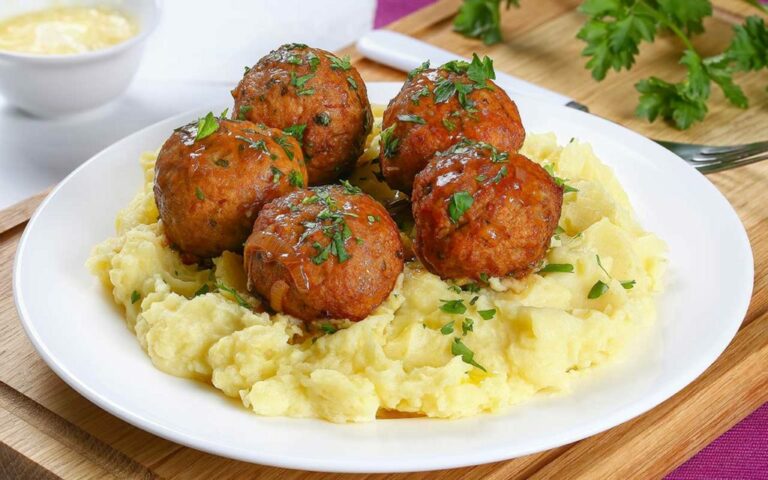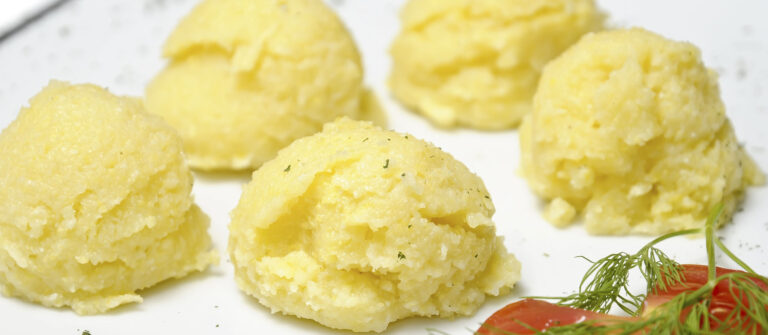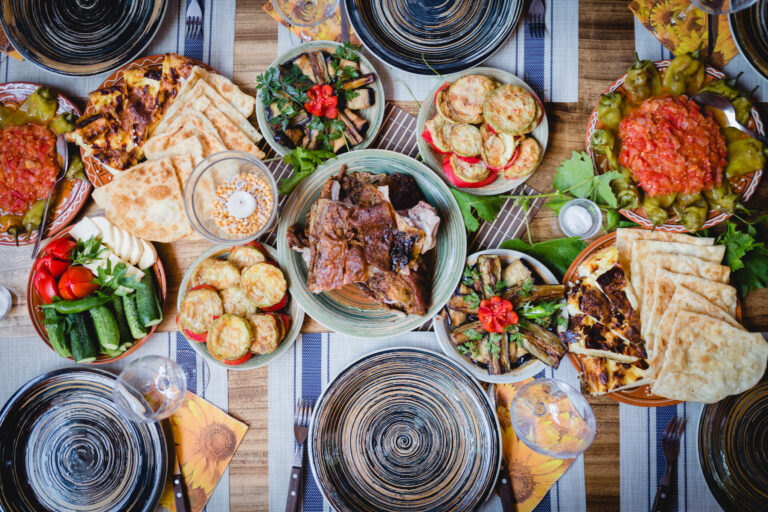Introduction to Moldovan Cuisine
Moldovan cuisine is a rich and diverse mix of influences from neighboring countries like Romania, Ukraine, and Russia. It is known for its hearty and generous portions, featuring ingredients like meat, vegetables, and dairy. The cuisine is heavily influenced by the country’s geography and climate, which dictate what ingredients are available and how they are prepared.
A Brief History of Potatoes in Moldova
Potatoes were introduced to Moldova in the 18th century, during the reign of Russian Empress Catherine the Great. They quickly became a staple food in the country due to their hardiness and adaptability to the local climate. Potatoes were grown extensively in rural areas, and they became an important source of food for the growing urban population. Today, potatoes are one of the most commonly used ingredients in Moldovan cuisine, and they feature prominently in many traditional dishes.
Traditional Dishes Featuring Potatoes
Potatoes are a key ingredient in many traditional Moldovan dishes, such as “mamaliga cu branza” (polenta with cheese), “tocana” (a stew made with meat and vegetables), and “placinte” (savory pastries filled with potatoes and cheese). These dishes are hearty and filling, perfect for the cold Moldovan winters. Potatoes are also used to make “salata de vinete” (eggplant salad) and “salata de boeuf” (beef salad), which are popular appetizers in Moldova.
Modern Usage of Potatoes in Moldovan Cuisine
In recent years, Moldovan chefs have started to incorporate potatoes into more modern dishes. For example, potatoes are often used as a base for soups and stews, and they are sometimes served as a side dish to grilled meats or fish. Some chefs have even started to experiment with using potatoes in desserts, such as potato cakes and pies.
Nutritional Benefits of Potatoes in Moldovan Diet
Potatoes are a rich source of nutrients that are essential for a healthy diet. They are high in fiber, vitamin C, and potassium, and they are relatively low in calories. Potatoes are also a good source of complex carbohydrates, which provide sustained energy and help regulate blood sugar levels. In Moldova, where many traditional dishes feature meat and dairy, potatoes provide a valuable source of plant-based nutrition.
Conclusion and Final Thoughts on Potatoes in Moldovan Cuisine
Potatoes are an integral part of Moldovan cuisine, and they have been a staple food in the country for centuries. They are versatile, nutritious, and delicious, and they are used in a wide variety of traditional and modern dishes. As Moldova continues to evolve and develop its culinary traditions, it is likely that potatoes will remain a key ingredient in the country’s cuisine for many years to come.



